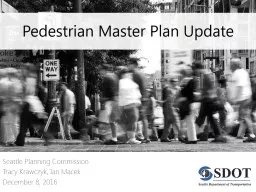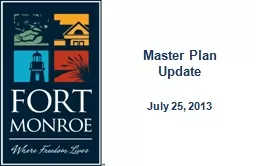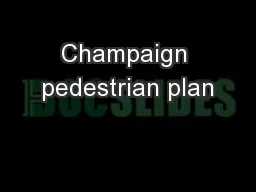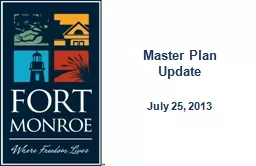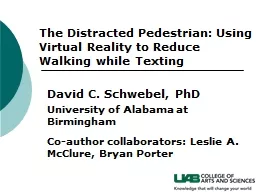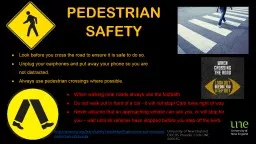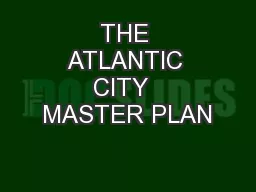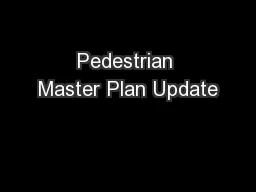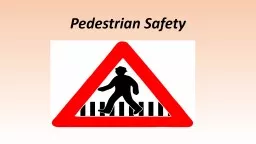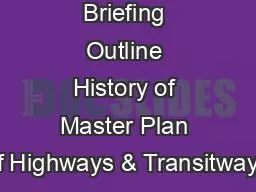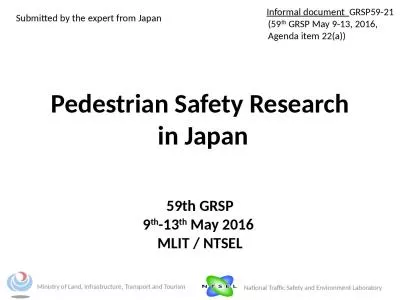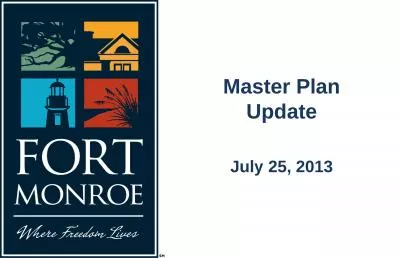PPT-Pedestrian Master Plan Update
Author : yoshiko-marsland | Published Date : 2020-01-18
Pedestrian Master Plan Update Seattle Planning Commission Tracy Krawczyk Ian Macek December 8 2016 Our mission vision and core values Committed to 5 core values
Presentation Embed Code
Download Presentation
Download Presentation The PPT/PDF document "Pedestrian Master Plan Update" is the property of its rightful owner. Permission is granted to download and print the materials on this website for personal, non-commercial use only, and to display it on your personal computer provided you do not modify the materials and that you retain all copyright notices contained in the materials. By downloading content from our website, you accept the terms of this agreement.
Pedestrian Master Plan Update: Transcript
Download Rules Of Document
"Pedestrian Master Plan Update"The content belongs to its owner. You may download and print it for personal use, without modification, and keep all copyright notices. By downloading, you agree to these terms.
Related Documents

